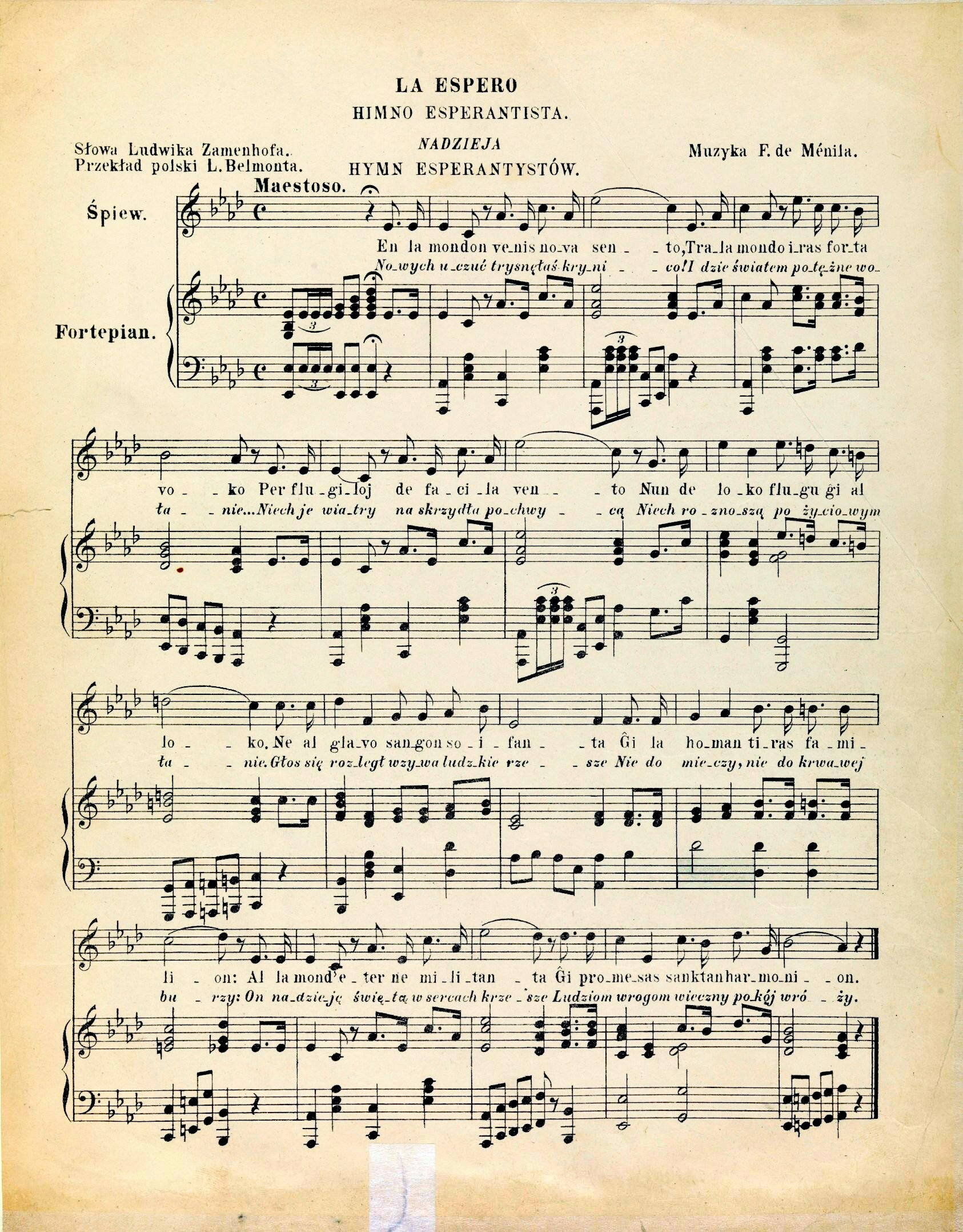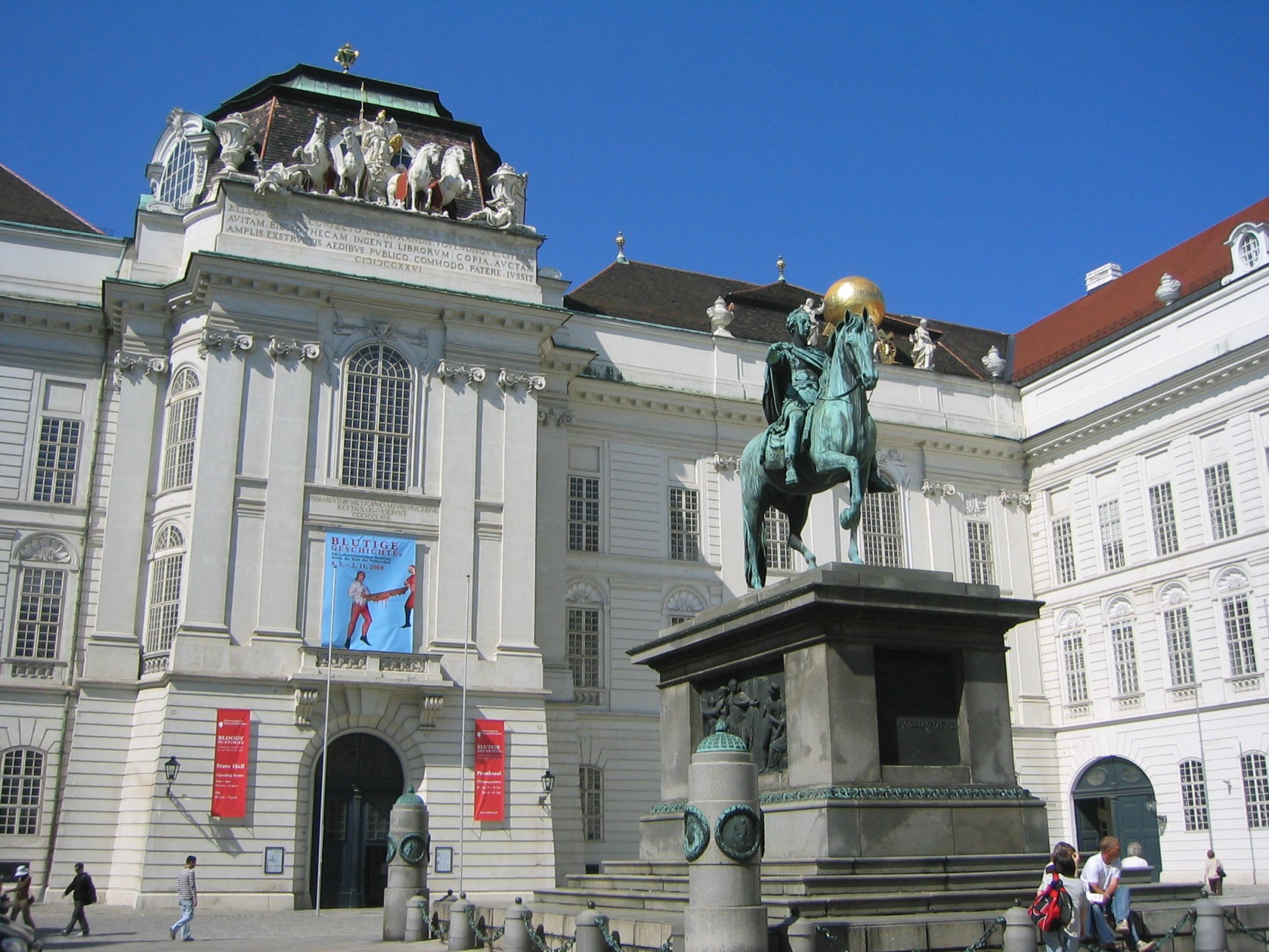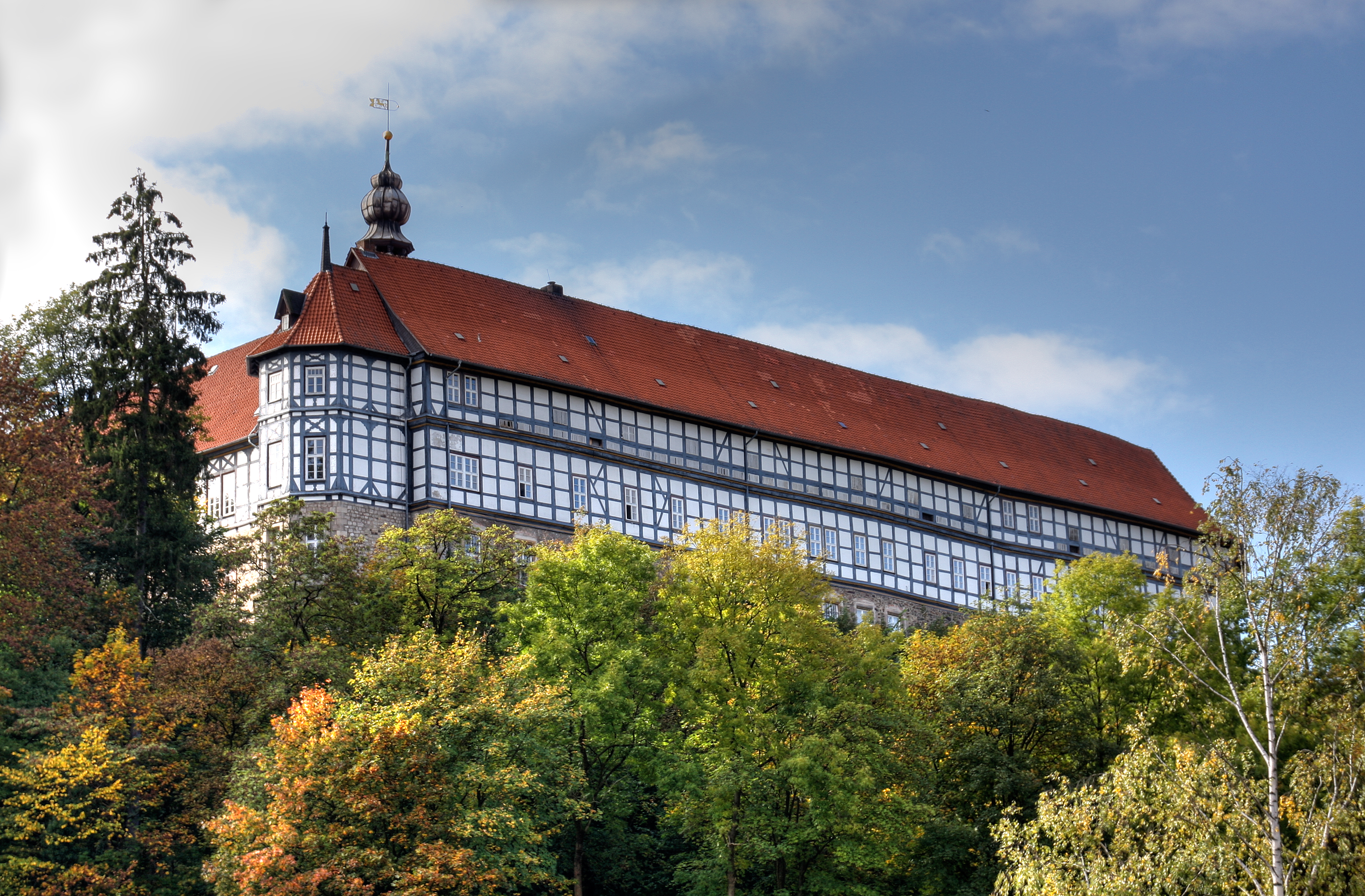|
Esperanto Community
Esperantujo () or Esperantio () is the Esperanto community; the community of speakers of the Esperanto language and their Esperanto culture, culture, as well as the places and institutions where the language is used. The term is used "as if it were a country." Although it does not occupy its own area of Earth's surface, it can be said to constitute the 120 countries which have their own national Esperanto association. Etymology and terminology The word is formed analogously to country names. In Esperanto, the names of countries were traditionally formed from the ethnic name of their inhabitants plus the suffix ''-ujo''. For example, "France" was , from (a Frenchman). The term analogous to ''Francujo'' would be ''Esperantistujo'' (Esperantist-nation). However, that would convey the idea of the physical body of people, whereas using the name of the language as the basis of the word gives it the more abstract connotation of a cultural sphere. Currently, names of nation states ar ... [...More Info...] [...Related Items...] OR: [Wikipedia] [Google] [Baidu] |
La Espero
"La Espero" ( en, "The Hope") is a poem written by Polish-Jewish doctor L. L. Zamenhof (1859–1917), the initiator of the Esperanto language. The song is often used as the (unofficial) anthem of Esperanto, and is now usually sung to a triumphal march composed by Félicien Menu de Ménil in 1909 (although there is an earlier, less martial tune created in 1891 by Claes Adelsköld, along with a number of other lesser-known tunes). It is sometimes referred to as the hymn of the Esperanto movement. Some Esperantists object to the use of terms like "hymn" or "anthem" for ''La Espero'', arguing that these terms have religious and nationalist overtones, respectively. Lyrics See also * Esperanto music * The Internationale * Ode to Joy "Ode to Joy" (German language, German: , literally "To heJoy") is an ode written in the summer of 1785 by German poet, playwright, and historian Friedrich Schiller and published the following year in ''Thalia (magazine), Thalia''. A slightl .. ... [...More Info...] [...Related Items...] OR: [Wikipedia] [Google] [Baidu] |
World Esperanto Association
The Universal Esperanto Association ( eo, Universala Esperanto-Asocio, UEA), also known as the World Esperanto Association, is the largest international organization of Esperanto speakers, with 5501 individual members in 121 countries and 9215 through national associations (in 2015) and in official relations with the United Nations. In addition to individual members, 70 national Esperanto organizations are affiliated with UEA. Its current president is the professor Duncan Charters. The magazine '' Esperanto'' is the main organ used by UEA to inform its members about everything happening in the Esperanto community. The UEA was founded in 1908 by the Swiss journalist Hector Hodler and others and is now headquartered in Rotterdam, Netherlands. The organization has an office at the United Nations building in New York City. Structure and affiliated organizations According to its 1980 statutes (Statuto de UEA), the Universal Esperanto Association has two kinds of members: * indi ... [...More Info...] [...Related Items...] OR: [Wikipedia] [Google] [Baidu] |
Zamenhof-Esperanto Object
A Zamenhof-Esperanto object ( eo, Zamenhof/Esperanto-Objekto, ZEO) is a monument or place linked to L. L. Zamenhof, to the constructed language Esperanto that he created and first published in 1887, or to the community of Esperanto speakers which has been using the language since. History of Zamenhof-Esperanto objects and their registration The first Zamenhof-Esperanto object was the ship ''Esperanto'', constructed and launched in Spain in 1896, nine years after the language's birth. The 1934 Encyclopedia of Esperanto listed approximately 50 towns and cities in which Esperanto or Zamenhof have been honored. In 1997, a German Esperantist, Hugo Röllinger, published a book titled ''Monumente pri Esperanto – ilustrita dokumentaro pri 1044 Zamenhof/Esperanto-objektoj en 54 landoj'' ("Monumentally about Esperanto – an illustrated documentary of 1,044 Zamenhof-Esperanto objects in 54 countries") and until his death in 2001 he listed a total of 1,260 such objects. It is he ... [...More Info...] [...Related Items...] OR: [Wikipedia] [Google] [Baidu] |
Vienna
en, Viennese , iso_code = AT-9 , registration_plate = W , postal_code_type = Postal code , postal_code = , timezone = CET , utc_offset = +1 , timezone_DST = CEST , utc_offset_DST = +2 , blank_name = Vehicle registration , blank_info = W , blank1_name = GDP , blank1_info = € 96.5 billion (2020) , blank2_name = GDP per capita , blank2_info = € 50,400 (2020) , blank_name_sec1 = HDI (2019) , blank_info_sec1 = 0.947 · 1st of 9 , blank3_name = Seats in the Federal Council , blank3_info = , blank_name_sec2 = GeoTLD , blank_info_sec2 = .wien , website = , footnotes = , image_blank_emblem = Wien logo.svg , blank_emblem_size = Vienna ( ; german: Wien ; ba ... [...More Info...] [...Related Items...] OR: [Wikipedia] [Google] [Baidu] |
Constructed Language
A constructed language (sometimes called a conlang) is a language whose phonology, grammar, and vocabulary, instead of having developed naturally, are consciously devised for some purpose, which may include being devised for a work of fiction. A constructed language may also be referred to as an artificial, planned or invented language, or (in some cases) a fictional language. ''Planned languages'' (or engineered languages/engelangs) are languages that have been purposefully designed; they are the result of deliberate, controlling intervention and are thus of a form of ''language planning''. There are many possible reasons to create a constructed language, such as to ease human communication (see international auxiliary language and code); to give fiction or an associated constructed setting an added layer of realism; for experimentation in the fields of linguistics, cognitive science, and machine learning; for artistic creation; and for language games. Some people may also m ... [...More Info...] [...Related Items...] OR: [Wikipedia] [Google] [Baidu] |
Austrian National Library
The Austrian National Library (german: Österreichische Nationalbibliothek) is the largest library in Austria, with more than 12 million items in its various collections. The library is located in the Neue Burg Wing of the Hofburg in center of Vienna. Since 2005, some of the collections have been relocated within the Baroque structure of the Palais Mollard-Clary. Founded by the Habsburgs, the library was originally called the Imperial Court Library (german: Kaiserliche Hofbibliothek); the change to the current name occurred in 1920, following the end of the Habsburg Monarchy and the proclamation of the Austrian Republic. The library complex includes four museums, as well as multiple special collections and archives. Middle Ages The institution has its origin in the imperial library of the Middle Ages. During the Medieval period, the Austrian Duke Albert III (1349–1395) moved the books of the Viennese vaults into a library. Albert also arranged for important works from La ... [...More Info...] [...Related Items...] OR: [Wikipedia] [Google] [Baidu] |
Esperanto Museum And Collection Of Planned Languages
The Esperanto Museum and Collection of Planned Languages (german: Esperantomuseum und Sammlung für Plansprachen, eo, Esperantomuzeo kaj kolekto por planlingvoj), commonly known as the Esperanto Museum, is a museum for Esperanto and other constructed languages in Vienna, Austria. It was founded in 1927 by Hofrat Hugo Steiner and was incorporated into the Austrian National Library as an independent collection in 1928. Today, it is a museum, library, documentation center, and archive. It accommodates the largest collection of constructed languages in the world and a linguistic research library for language planning.(eo) Bernhard Tuider, "La Kolekto por Planlingvoj kaj la Esperantomuzeo de la Aŭstria Nacia Biblioteko. Historio, havaĵo kaj esplorebloj", inJęzy, Komunikacja. Informacja. Language. Communication. Information (PDF) I. Koutny (red./ed.) 10/2015: 184–195. Its catalogue is available online. Since 2005, the museum has been located in the Baroque Palais Mollard-Clary. ... [...More Info...] [...Related Items...] OR: [Wikipedia] [Google] [Baidu] |
Château De Grésillon
The Château de Grésillon ( eo, Kastelo Greziljono) is situated 250 km to the southwest of Paris in Baugé between Angers, Le Mans and Tours in France. The nonprofit organization "Cultural House of French Esperanto Speakers," established in 1951, owns the château with an 18 hectare park (about 0.2 square kilometers). It is frequently visited by students of Esperanto from all around the world, especially in summer Summer is the hottest of the four temperate seasons, occurring after spring and before autumn. At or centred on the summer solstice, the earliest sunrise and latest sunset occurs, daylight hours are longest and dark hours are shortest, wit .... External links GreziljonoFacebook groupOfficial website(Esperanto, French and German versions) References Châteaux in Maine-et-Loire Esperanto culture {{France-castle-stub ... [...More Info...] [...Related Items...] OR: [Wikipedia] [Google] [Baidu] |
German Language
German ( ) is a West Germanic languages, West Germanic language mainly spoken in Central Europe. It is the most widely spoken and Official language, official or co-official language in Germany, Austria, Switzerland, Liechtenstein, and the Italy, Italian province of South Tyrol. It is also a co-official language of Luxembourg and German-speaking Community of Belgium, Belgium, as well as a national language in Namibia. Outside Germany, it is also spoken by German communities in France (Bas-Rhin), Czech Republic (North Bohemia), Poland (Upper Silesia), Slovakia (Bratislava Region), and Hungary (Sopron). German is most similar to other languages within the West Germanic language branch, including Afrikaans, Dutch language, Dutch, English language, English, the Frisian languages, Low German, Luxembourgish, Scots language, Scots, and Yiddish. It also contains close similarities in vocabulary to some languages in the North Germanic languages, North Germanic group, such as Danish lan ... [...More Info...] [...Related Items...] OR: [Wikipedia] [Google] [Baidu] |
Herzberg Am Harz
Herzberg am Harz is a town in the Göttingen district of Lower Saxony, Germany. Geography Herzberg is situated on the southwestern rim of the Harz mountain range and the Harz National Park. Natural monuments in the surrounding area include the Unicorn Cave, the Karst Trail, and the Rhume Spring. The town centre is located on the Sieber river, about northeast of Göttingen and southeast of the state capital Hanover. The municipal area comprises the villages of Lonau, Pöhlde, Scharzfeld, and Sieber. History Herzberg Castle in the Duchy of Saxony was first mentioned in an 1143 deed. A hunting lodge at the site was already erected from 1024 to 1029 by King Lothair II. It was seized by the Saxon Welf dynasty in 1144 and in 1158 became a property of Duke Henry the Lion with consent of the Hohenstaufen emperor Frederick Barbarossa. The castle was part of the Grubenhagen estates of the Welf duke Henry I of Brunswick he received in 1291, when he and his brothers divided thei ... [...More Info...] [...Related Items...] OR: [Wikipedia] [Google] [Baidu] |





